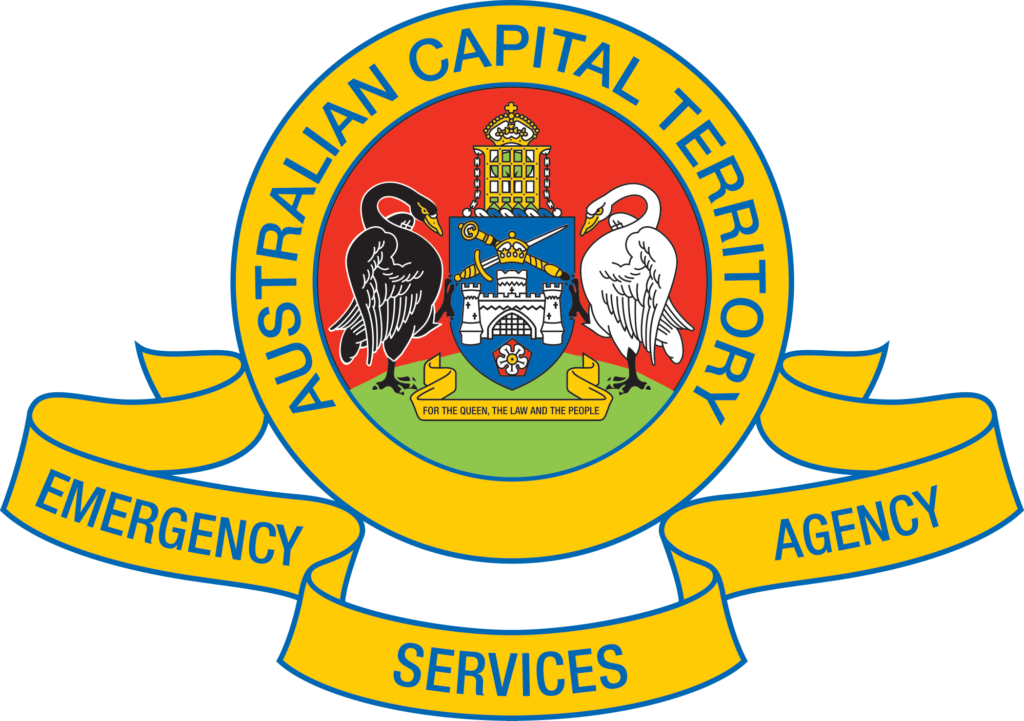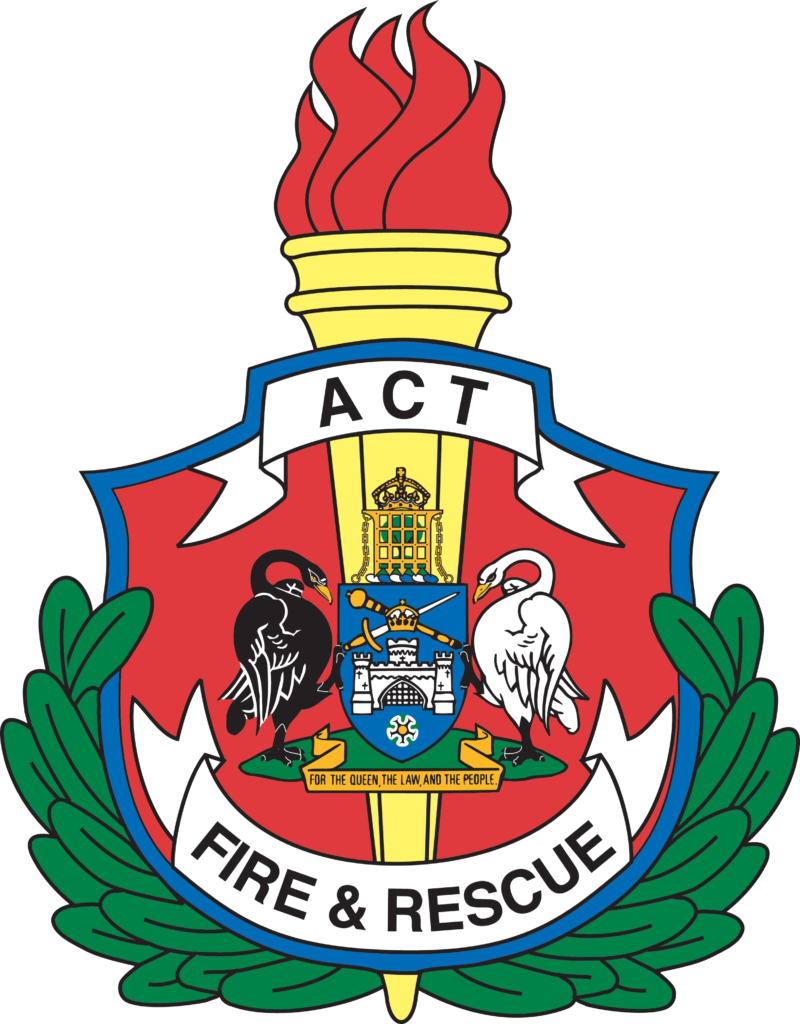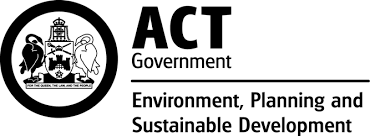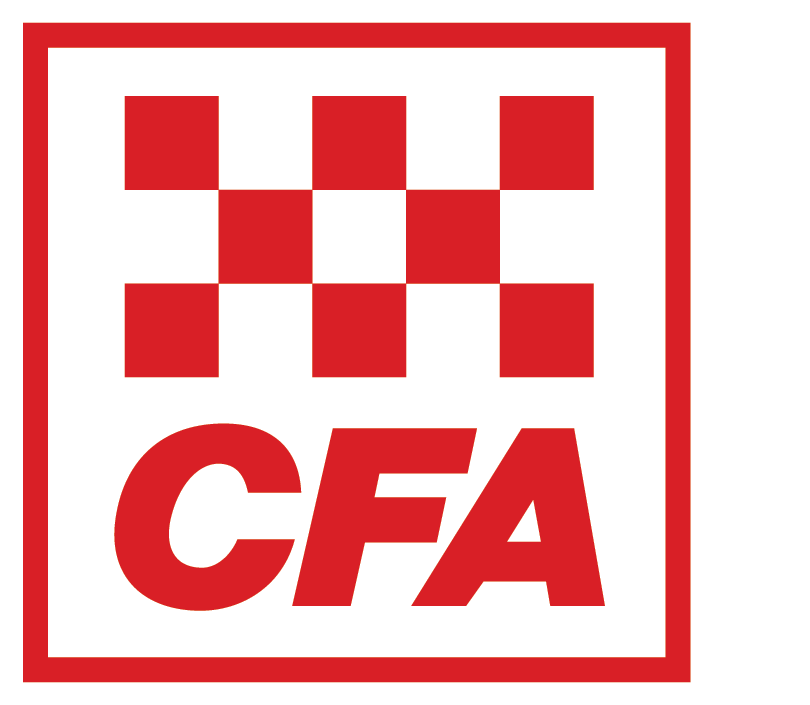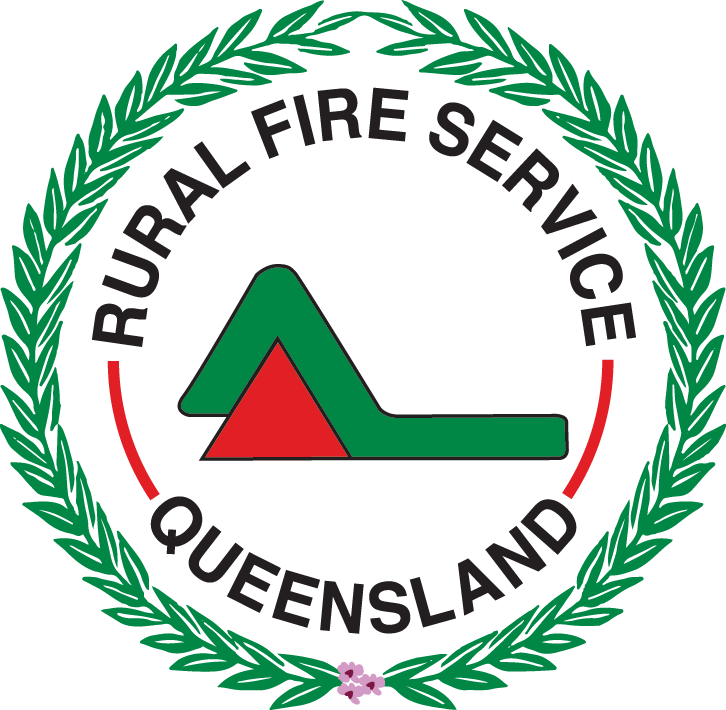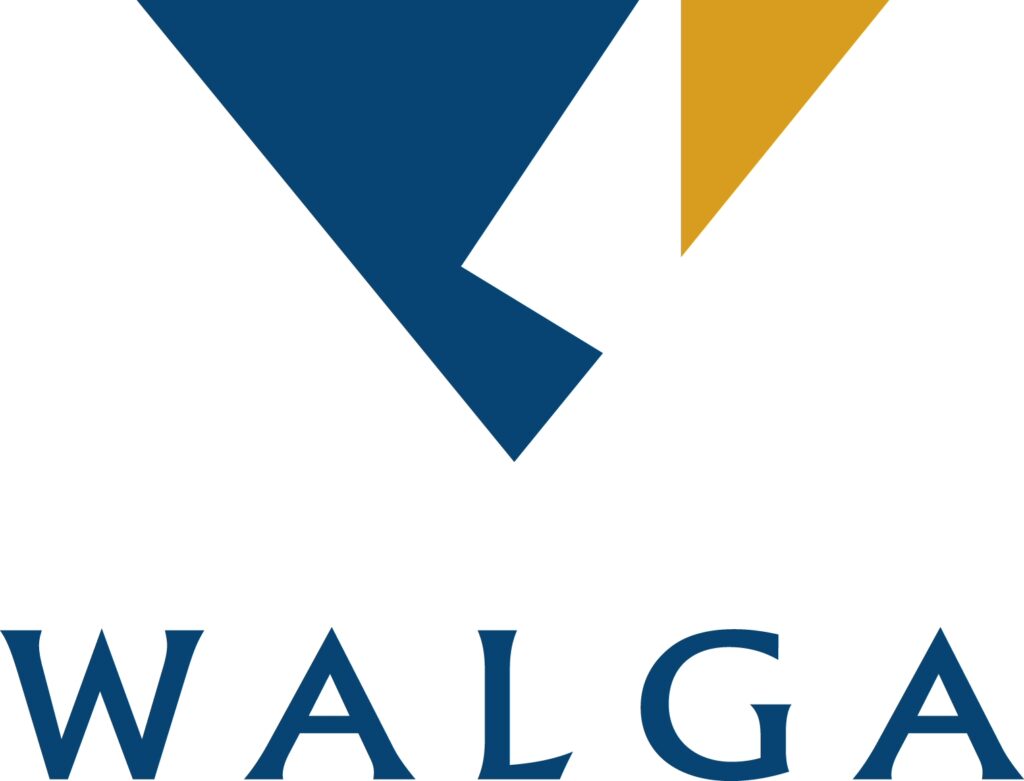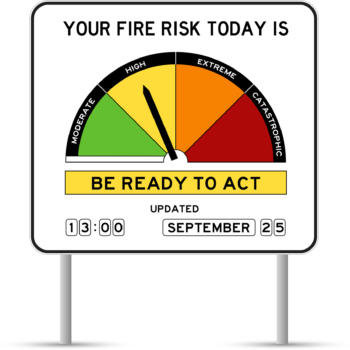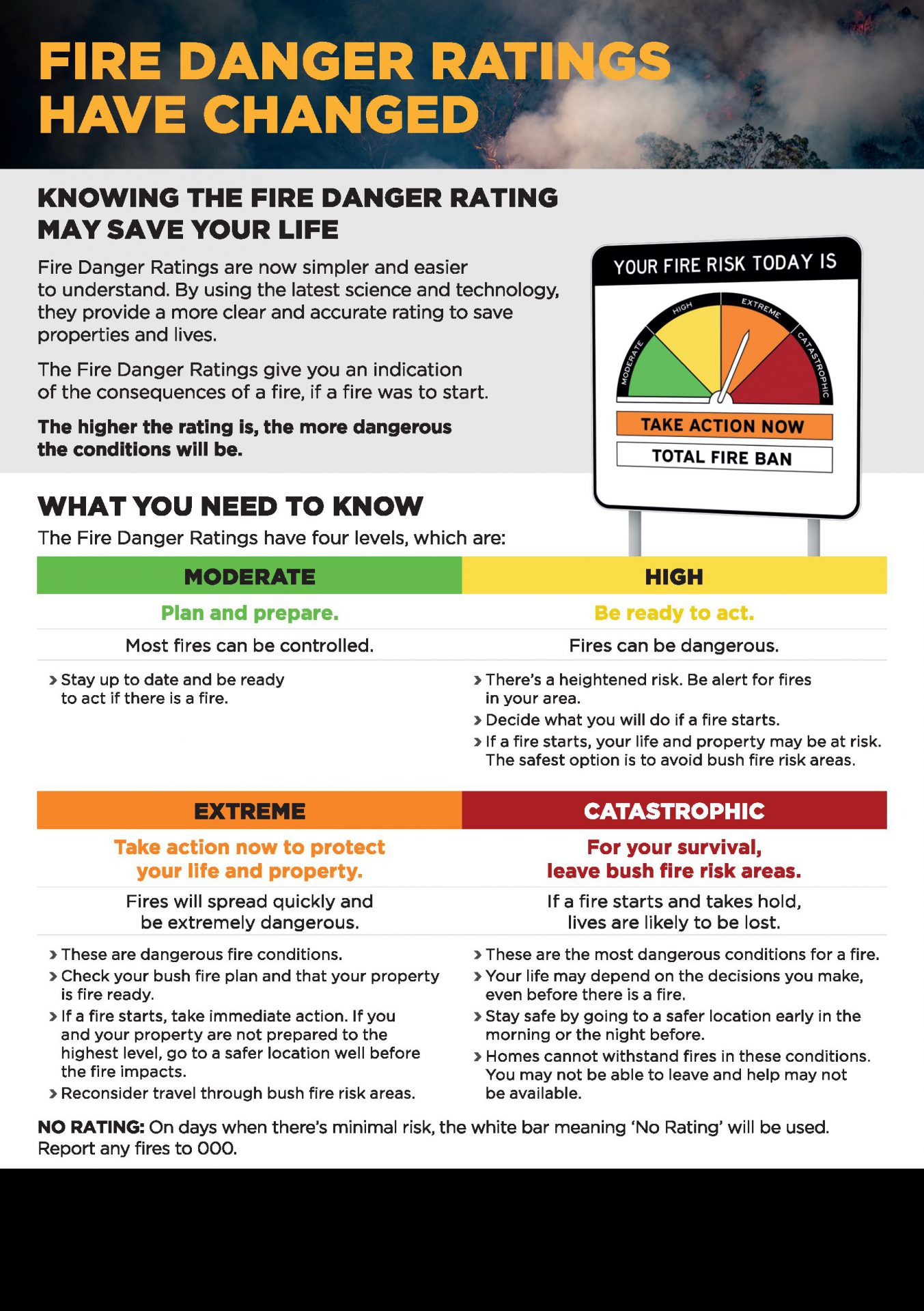Know the Changes. They could save your life
Australia’s fire danger rating system has been improved and simplified to make it easier for you to make decisions to stay safe on days of fire danger risk.
Across the country, fire and emergency services are applying nationally consistent colours, signs and terminology. This means that wherever you go in Australia, and whatever the season or bushfire fuels you’re surrounded by, you can understand the level of threat and what you need to do to stay safe.
Why are fire danger ratings important?
Australia is a continent prone to bushfire which can pose considerable danger to lives and property. Fire danger ratings predict and describe the potential level of danger, should a bushfire start.
Fire danger ratings are important because they provide you with information to take action to protect yourself and others from the potentially dangerous impacts of bushfire. They also provide emergency services with information that supports decision-making.
Know the fire danger ratings
The move to a simpler system is informed by extensive community consultation and backed by improvements in science, which will mean we can better predict areas of greater risk on days of fire danger.
The Australian Fire Danger Rating System uses four easy to recognise rating levels, each with a message to encourage you to take action to protect yourself and others in the face of bushfire risk.
The fire danger rating levels are:
- Moderate: Plan and prepare
- High: Prepare to act
- Extreme: Take action now to protect your life and property.
- Catastrophic: For your survival, leave bush fire risk areas.
The white bar under Moderate indicates No Rating for days where no proactive action is required by a community. This does not mean that fires cannot happen, but that any fires that start are not likely to move or act in a way that threatens the safety of the community.
Know what to do
Calls to action
Fire danger ratings are used on days when there’s a risk of fires and you need to take action. The higher the fire danger, the more dangerous the conditions and the greater the consequences if a fire starts.
If you’re in an area near bush or grasslands, you’re in a bushfire risk area. Identify a safer location. A safer location may include an area well away from bushland. If you’re in a remote area, consider going to a built-up area that may offer safety.
MODERATE
Plan and prepare.
Most fires can be controlled.
HIGH
Be ready to act.
Fires can be dangerous.
There’s a heightened risk. Be alert for fires in your area.
Decide what you will do if a fire starts.
If a fire starts, your life and property may be at risk. The safest option is to avoid bushfire risk areas.
EXTREME
Take action now
to protect your life and property.
Fires will spread quickly and be extremely dangerous.
These are dangerous fire conditions.
Check your bushfire plan and ensure that your property is fire ready.
If a fire starts, take immediate action. If you and your property are not prepared to the highest level, go to a safer location well before the fire impacts.
Reconsider travel through bushfire risk areas.
CATASTROPHIC
For your survival,
leave bushfire risk areas
If a fire starts and takes hold, lives are likely to be lost.
These are the most dangerous conditions for a fire.
Your life may depend on the decisions you make, even before there is a fire.
Stay safe by going to a safer location early in the morning or the night before.
Homes cannot withstand fires in these conditions. You may not be able to leave, and help may not be available.
Monitor conditions and official sources for warnings. Adhere to local regulations governing fire activity. Ensure any industrial or agricultural activities adhere to relevant industry guidelines. If a fire starts near you, take action immediately to protect your life. Do not wait for a warning.
More information
Fire danger information may be broadcast on television, radio and printed in newspapers.
Or you may see the current fire danger rating level on roadside signs, on social media, in apps or websites.
These are good prompts for you to seek more information from your state or territory’s fire and emergency services portal.
Fire Danger Ratings Fact Sheet
Download the Fire Danger Ratings Fact Sheet as a helpful reminder about the fire danger ratings and what you need to do to stay safe in your home or community.
The Fire Danger Ratings Fact Sheet is also available to download in the following languages:
Fire Danger Ratings First Nations Resources
These resources have been developed with the artwork of Emma Bamblett, a proud Aboriginal woman with connections to the Wemba Wemba, Gunditjmara, Ngadjonji and Taungurung Mobs.
Download these posters and the fact sheet to share information about fire danger ratings and learn the story behind the artwork.
Caring for Mob, Caring for Country
Artwork and description
Know the Fire Danger Ratings
Single-sided poster
Know the Fire Danger Ratings
Double-sided fact sheet
This website presents information about the new fire danger ratings for the public.
More information about the Australian Fire Danger Rating System is available from AFAC, the National Council for fire and emergency services, at afac.com.au/AFDRS or seek information from your state or territory fire and emergency service agency:
THE AFDRS PROJECT IS BEING LED BY:



PRIMARILY FUNDED BY:

PARTNER AGENCIES:

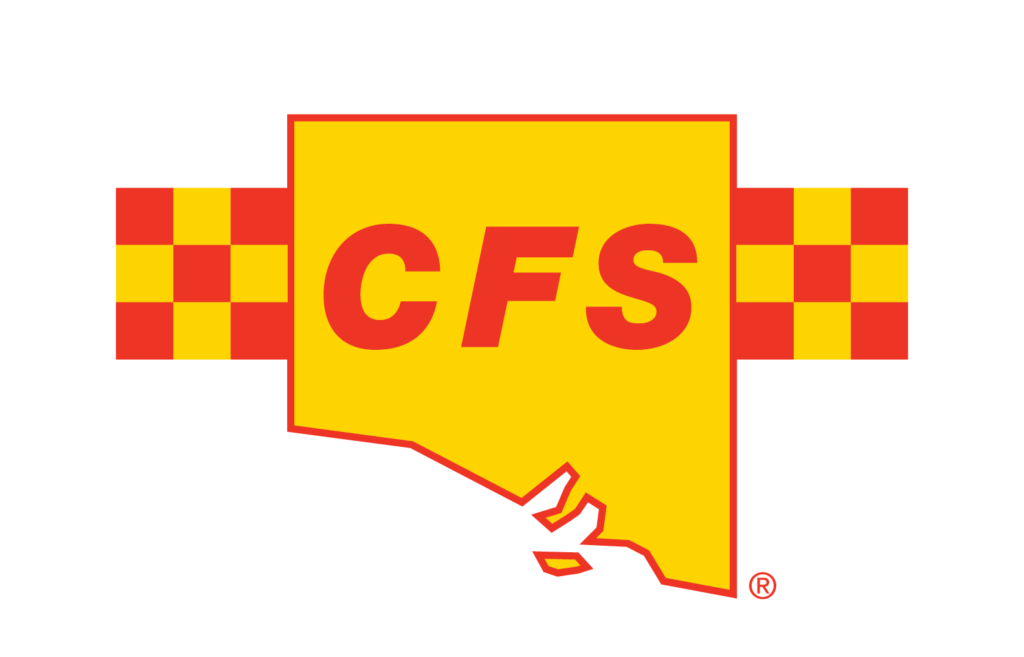
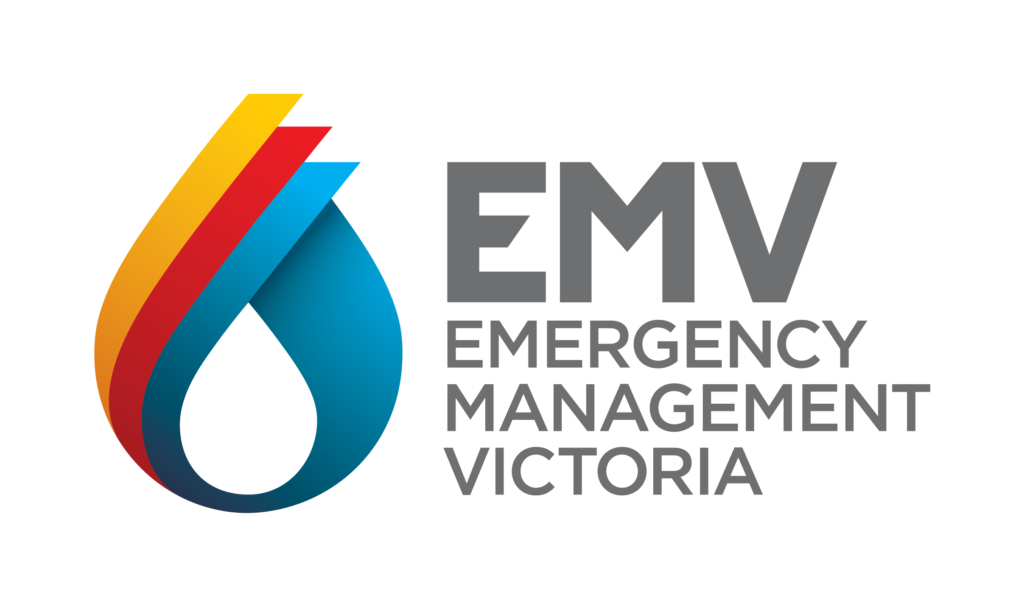



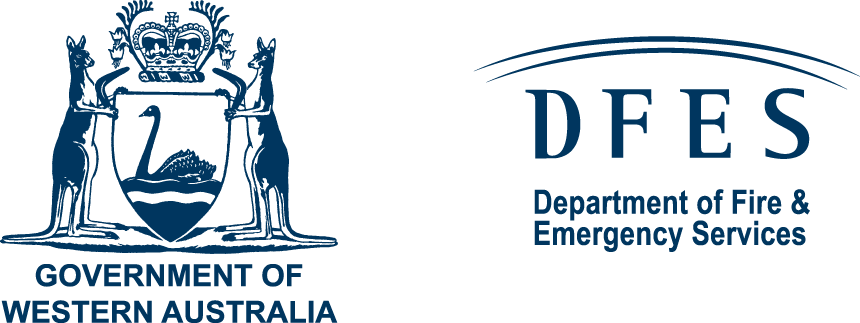
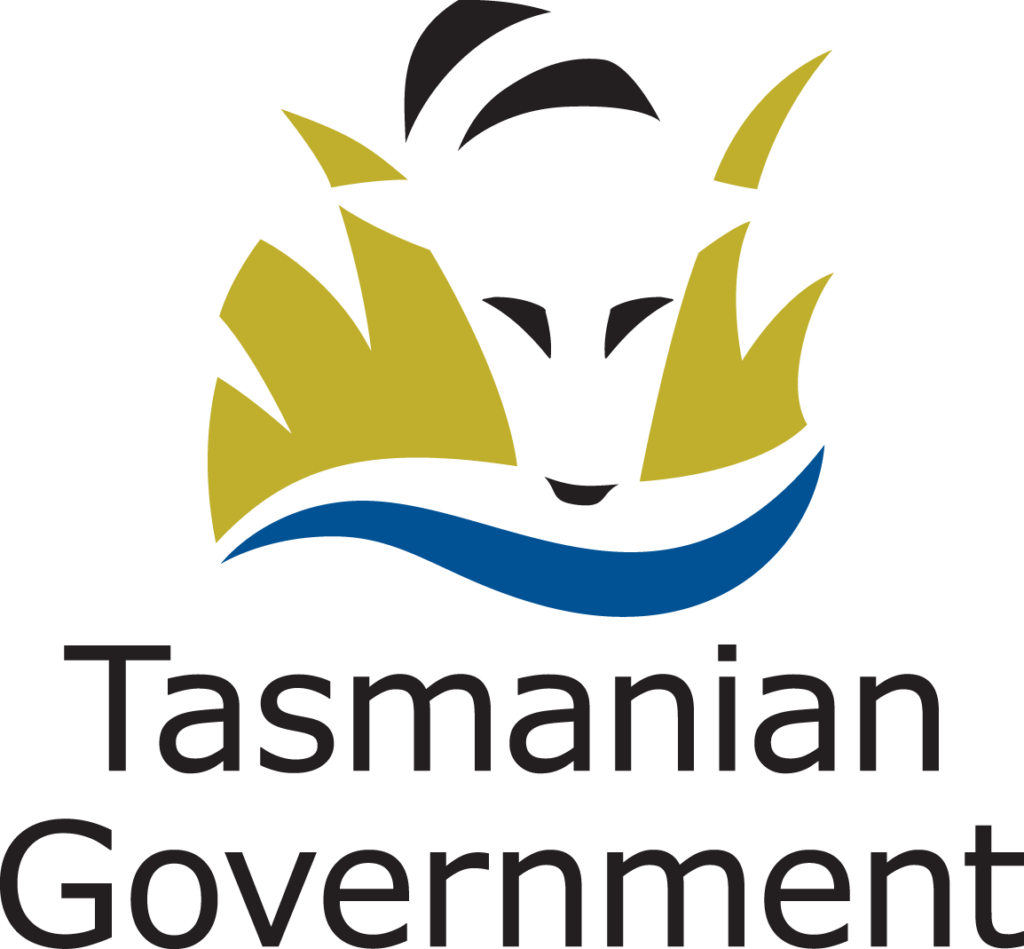
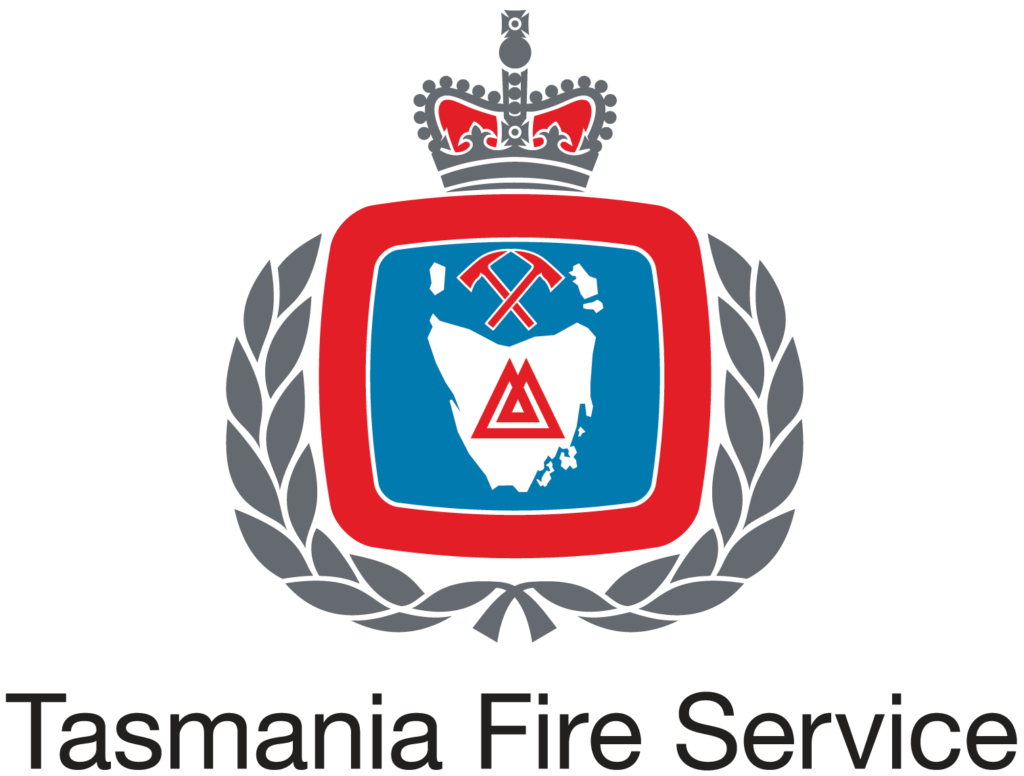
SUPPORTING BODIES:
